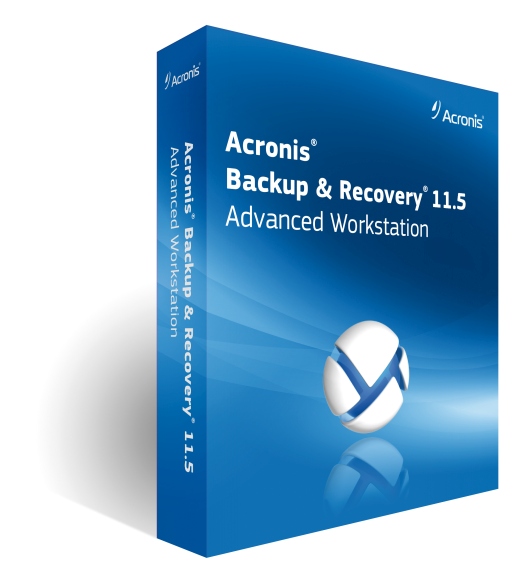
Acronis
http://www.acronis.com/
Information Technology
Description
Acronis International GmbH, simply referred to as Acronis, is a private technology company. Acronis develops on-premises and cloud software for backup, disaster recovery, and secure file sync and share and data access. Acronis has 18 offices worldwide. Its R&D Centers, Acronis Labs, are based in the United States, Singapore and Russia. Acronis has Cloud data centers internationally, including the United States, France, Singapore, Japan, Russia, and Germany.
Source: https://en.wikipedia.org/wiki/Acronis
Categories
Produced products
Partnership with suppliers
Supplier | Partner status | Country | Partner types |
|---|---|---|---|
| I.T.Pro | Gold Reseller |
Partnership program
Authorized reseller | Gold Reseller | Platinum Reseller | Distributor | |
|---|---|---|---|---|
| Partner discounts | ||||
| Additional benefits for registering a deal | ||||
| Additional Benefits | ||||
| Partner level requirements | ||||
| Annual Sales Plan | ||||
| Partner types | Distributor and Reseller | |||
| Certification of technical specialists | ||||




